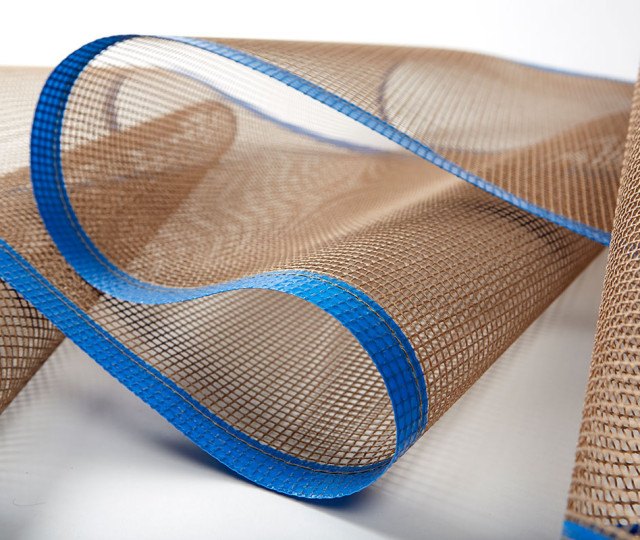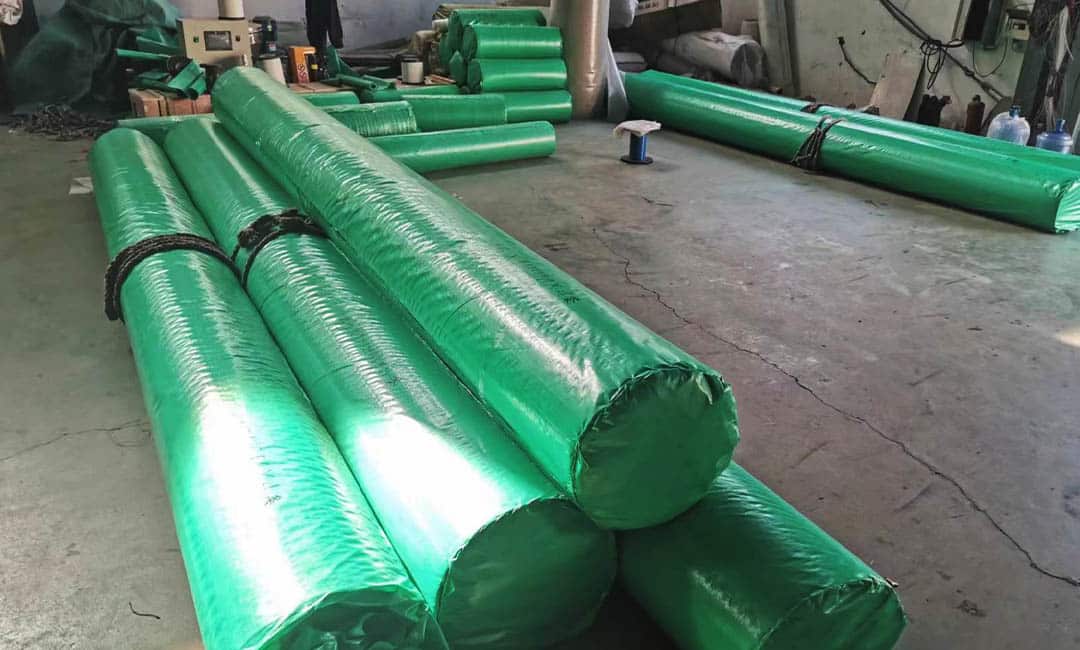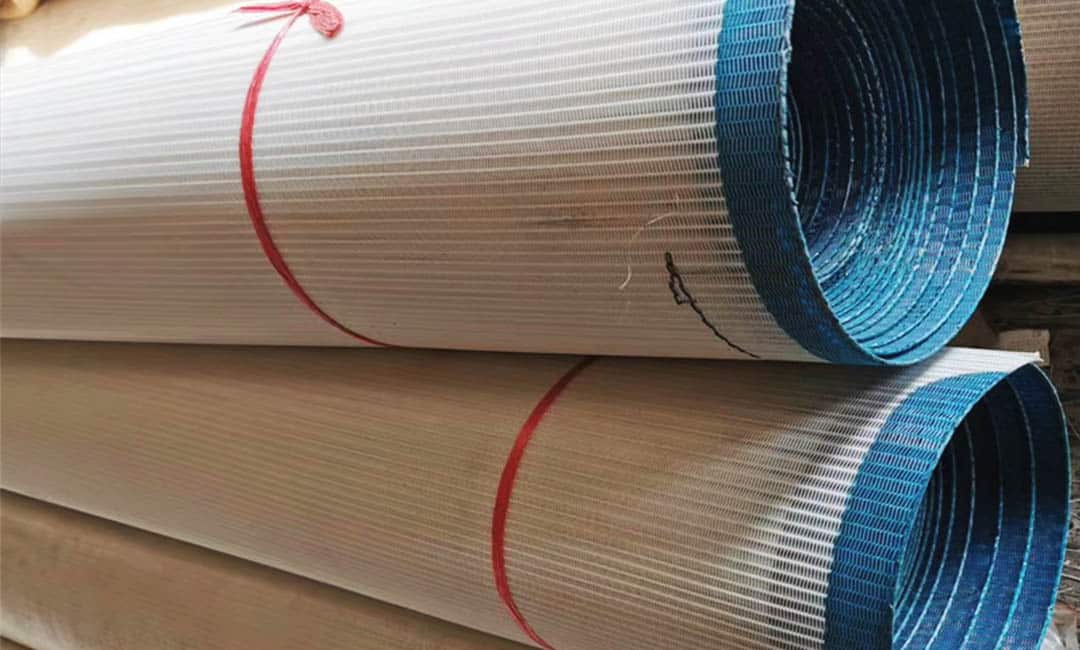Increased Throughput and Productivity
In the fast-paced world of food production, efficiency is key. Companies are constantly looking for ways to increase throughput and productivity to meet the demands of consumers. One way that food production facilities are improving efficiency is by using spiral belts for freezing.
Spiral belts are a type of conveyor belt that is designed to move products through a freezing process in a continuous loop. Unlike traditional straight-line conveyor belts, spiral belts allow for a more compact layout, which can save valuable floor space in a production facility. This means that more products can be processed in a smaller area, increasing throughput and productivity.
Another benefit of spiral belts is their ability to handle a wide range of products. Whether it’s frozen vegetables, seafood, or baked goods, spiral belts can accommodate a variety of products with different shapes and sizes. This versatility allows food production facilities to streamline their processes and reduce the need for multiple conveyor systems.
Spiral belts also offer improved freezing capabilities. The continuous loop design ensures that products are evenly exposed to the freezing environment, resulting in more consistent and efficient freezing. This can help reduce the risk of product spoilage and ensure that products maintain their quality during storage and transportation.

Furthermore, spiral belts are easy to clean and maintain, which is essential in food production facilities where hygiene is a top priority. The open design of spiral belts allows for easy access to all parts of the conveyor system, making it simple to clean and sanitize. This can help prevent contamination and ensure that products meet strict food safety standards.
Overall, the use of spiral belts for freezing in food production facilities can lead to significant improvements in efficiency. By increasing throughput and productivity, handling a wide range of products, improving freezing capabilities, and simplifying maintenance, spiral belts offer a cost-effective solution for companies looking to optimize their production processes.

In conclusion, spiral belts for freezing are a valuable tool for food production facilities looking to improve efficiency. By utilizing the unique design and capabilities of spiral belts, companies can increase throughput, handle a variety of products, improve freezing capabilities, and maintain high levels of hygiene. With these benefits, spiral belts are helping food production facilities meet the demands of a fast-paced industry and deliver high-quality products to consumers.
Enhanced Cooling and Freezing Performance
In the world of food production, efficiency is key. From preserving freshness to meeting consumer demand, every aspect of the process must be optimized to ensure that products are delivered in a timely and cost-effective manner. One crucial component of this process is the freezing of food items, which helps to extend their shelf life and maintain quality. In recent years, spiral belts have emerged as a game-changing technology that significantly improves the efficiency of freezing operations.
Spiral belts are conveyor systems that are designed to move products through a freezing chamber in a continuous spiral motion. This design allows for a more even distribution of cold air around the products, ensuring that they freeze at a consistent rate. Traditional conveyor systems, on the other hand, move products in a straight line, which can result in uneven freezing and inconsistent product quality.
One of the key advantages of spiral belts is their ability to maximize the use of space in a freezing chamber. Because products are moved in a spiral pattern, more items can be packed into a smaller area, increasing the overall capacity of the freezer. This not only allows for higher production volumes but also reduces energy consumption, as less space needs to be cooled to achieve the desired temperature.

Furthermore, spiral belts are highly customizable, allowing food producers to tailor the system to their specific needs. Different belt materials, widths, and configurations can be chosen to accommodate a wide range of products, from delicate pastries to bulky meat cuts. This flexibility ensures that products are handled gently and efficiently throughout the freezing process, minimizing damage and maximizing yield.
Another benefit of spiral belts is their ease of maintenance. Traditional conveyor systems often require frequent cleaning and lubrication to prevent breakdowns and ensure smooth operation. Spiral belts, on the other hand, are designed to be self-cleaning, with open mesh surfaces that allow debris to fall through and prevent buildup. This not only reduces downtime but also improves hygiene and food safety in the production facility.
In addition to these practical advantages, spiral belts also offer environmental benefits. By reducing energy consumption and increasing production efficiency, they help to lower the carbon footprint of food production operations. This is becoming increasingly important as consumers and regulators alike place greater emphasis on sustainability and environmental responsibility in the food industry.
Overall, spiral belts are a valuable tool for food producers looking to improve the efficiency of their freezing operations. By providing a more even distribution of cold air, maximizing space utilization, and offering customization options, these conveyor systems help to streamline the freezing process and enhance product quality. With their ease of maintenance and environmental benefits, spiral belts are a smart investment for any food production facility looking to stay ahead in a competitive market.
Reduced Maintenance and Downtime
In the fast-paced world of food production, efficiency is key. Any downtime or maintenance issues can result in lost time and money. That’s why many food production facilities are turning to spiral belts for freezing to improve their efficiency. These innovative belts offer a number of benefits that can help reduce maintenance and downtime, ultimately leading to increased productivity and profitability.
One of the main advantages of spiral belts for freezing is their durability. Made from high-quality materials such as stainless steel, these belts are designed to withstand the rigors of continuous use in freezing environments. This means that they are less likely to break or wear out, reducing the need for frequent maintenance and replacement. As a result, production lines can run smoothly without the need for constant interruptions for repairs.
Additionally, spiral belts for freezing are designed to be easy to clean and maintain. Their open mesh design allows for easy access to the belt surface, making it simple to remove any debris or buildup that may accumulate during the freezing process. This not only helps to maintain the efficiency of the belt but also ensures that food products are not contaminated during production. With regular cleaning and maintenance, spiral belts for freezing can continue to operate at peak performance for years to come.
Another benefit of spiral belts for freezing is their versatility. These belts can be customized to fit a wide range of production line configurations, making them suitable for a variety of food processing applications. Whether you are freezing meat, poultry, seafood, or vegetables, spiral belts can be tailored to meet your specific needs. This flexibility allows for greater efficiency in production, as the belts can be easily adapted to accommodate different products and processes.
Furthermore, spiral belts for freezing are designed to minimize product loss during the freezing process. The open mesh design of the belts allows for optimal airflow around the food products, ensuring even freezing and reducing the risk of freezer burn. This results in higher-quality products that are more visually appealing and have a longer shelf life. By using spiral belts for freezing, food production facilities can minimize waste and maximize their output, leading to increased profitability.
In conclusion, spiral belts for freezing offer a number of benefits that can help improve efficiency in food production. From reduced maintenance and downtime to increased product quality and versatility, these belts are a valuable asset for any food processing facility. By investing in spiral belts for freezing, companies can streamline their production processes, reduce costs, and ultimately increase their bottom line. With their durability, ease of maintenance, and ability to minimize product loss, spiral belts for freezing are a smart choice for any food production operation looking to improve efficiency and profitability.

